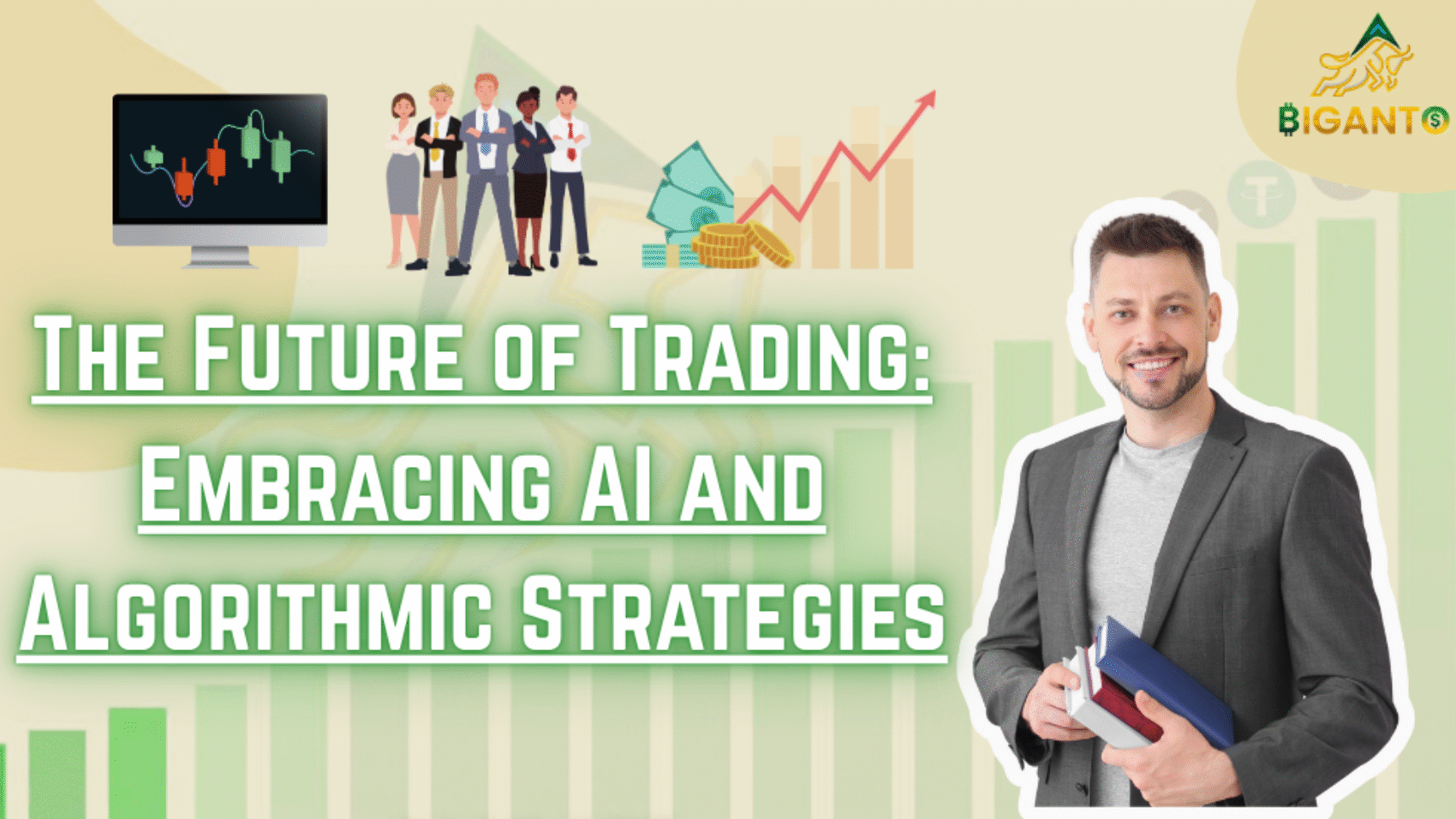Introduction
Technology is transforming every industry, and trading is no exception. With the rise of artificial intelligence (AI) and algorithmic strategies, financial markets are undergoing a fundamental shift. Human intuition is no longer the only edge—today’s traders are empowered by advanced algorithms capable of analyzing vast datasets, executing orders in milliseconds, and adapting to dynamic market conditions.
In this article, we’ll explore how AI and algorithmic trading are shaping the future of finance and what it means for both institutional and retail traders.
What Is Algorithmic Trading?
Algorithmic trading, or algo trading, refers to the use of pre-programmed instructions to execute trades. These algorithms can:
- Analyze market data in real-time
- Execute trades at optimal prices
- Minimize human errors and emotional bias
- Operate 24/7 without fatigue
Popular in stock, forex, crypto, and commodity markets, algorithmic trading now dominates global trading volume—especially among institutional firms and hedge funds.
How AI Is Revolutionizing Trading
Artificial Intelligence builds upon algorithmic strategies by introducing machine learning and data-driven decision-making. AI models can:
- Recognize complex patterns in historical and real-time data
- Adapt to changing market conditions
- Improve over time through self-learning
- Make faster and more accurate predictions
Unlike static rule-based systems, AI-powered trading algorithms continuously evolve—making them highly effective in volatile or unpredictable environments.
Benefits of AI and Algorithmic Trading
1. Speed and Efficiency
Algorithms execute orders in fractions of a second, capitalizing on market inefficiencies faster than any human can react.
2. Elimination of Emotional Bias
Trading decisions based on data reduce the influence of fear, greed, or overconfidence—common pitfalls in manual trading.
3. Data-Driven Strategies
AI analyzes millions of data points—charts, news, social sentiment, economic indicators—to make more informed decisions.
4. 24/7 Trading
Especially in crypto markets, where trading never stops, algorithms can monitor and trade continuously without breaks.
5. Backtesting and Optimization
Algorithms can be tested against historical data to optimize strategy performance before going live.
Common AI and Algo Strategies
- Trend Following Algorithms: Identify and follow established price movements.
- Mean Reversion Strategies: Assume that price will revert to its average over time.
- Statistical Arbitrage: Use complex models to exploit pricing inefficiencies.
- High-Frequency Trading (HFT): Execute large volumes of orders in microseconds to capture minimal price differences.
- Sentiment Analysis Models: Leverage news and social media data to gauge market mood.
The Role of Retail Traders in the Algorithmic Era
While algorithmic trading was once limited to institutions, it is now accessible to retail traders through platforms like:
- MetaTrader with Expert Advisors (EAs)
- TradingView with Pine Script
- QuantConnect and AlgoTrader
- Crypto exchanges with bot integrations
Retail traders can now build, rent, or buy algorithmic systems and even integrate AI models without extensive programming experience.
Challenges and Risks
Despite the advantages, AI and algorithmic trading come with potential downsides:
- Overfitting – Algorithms that perform well in backtests but fail in live markets.
- Flash Crashes – Automated systems can trigger rapid, sharp market drops.
- Black Box Models – Some AI systems lack transparency, making them hard to audit or troubleshoot.
- Market Saturation – As more traders adopt similar strategies, edge can diminish.
To mitigate these risks, it’s essential to:
- Continuously monitor algorithms
- Diversify strategies
- Use robust risk management systems
The Future Outlook
The integration of AI and automation in trading is only accelerating. The next wave of innovation is likely to involve:
- Deep learning and neural networks
- Quantum computing for ultra-fast data analysis
- Integration with decentralized finance (DeFi) protocols
- AI-driven portfolio optimization tools
- Natural language processing for real-time news trading
As this evolution continues, human traders will shift roles—from manual executors to system designers, risk managers, and strategy testers.
Conclusion
AI and algorithmic strategies are not just trends—they are shaping the future of trading. Whether you’re a retail investor or a professional fund manager, embracing these technologies can offer a competitive edge in today’s fast-moving markets.
By understanding and leveraging these tools, traders can improve efficiency, reduce emotional bias, and unlock new opportunities in an increasingly automated financial landscape.
Meta Description (for SEO):
Explore how AI and algorithmic trading are transforming financial markets. Learn the benefits, risks, and future of automated strategies in modern trading.
SEO Keywords Used:
AI in trading, algorithmic trading strategies, future of trading technology, algo trading for beginners, artificial intelligence in finance, automated trading systems, trading bots

